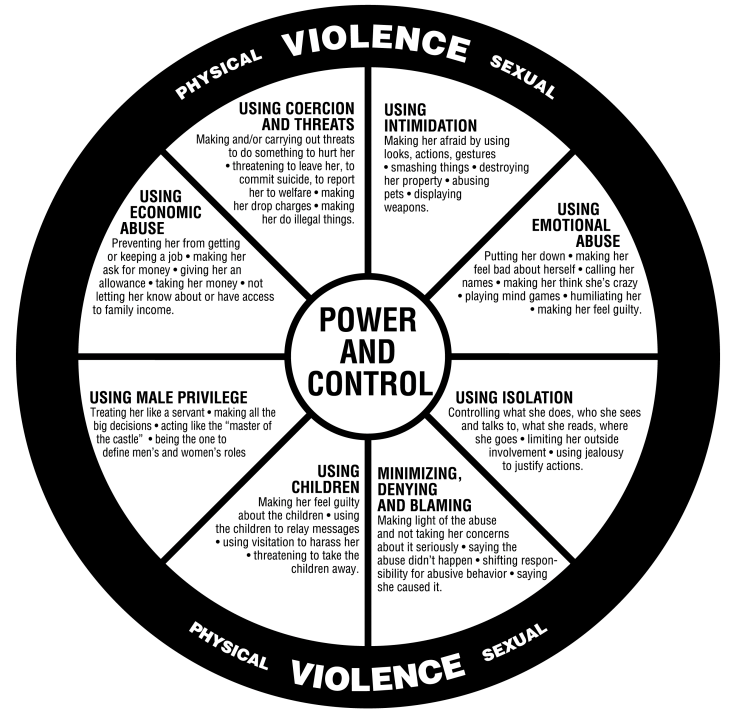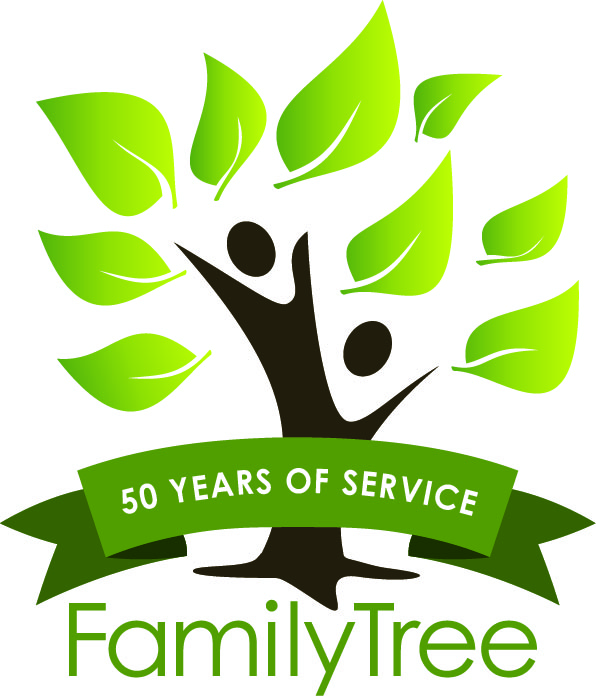
When I was living in New York City and working at a domestic violence shelter, I would ride the subway every day on my way to work and back. There was a lot to be distracted by, the breakdancing kids with their flips and tricks, the chorus of elderly men that would make you smile with their sweet songs, and the brightly colored ads that would catch your eye. It was never dull, and usually entertaining, but what bothered me were the signs about domestic violence awareness. No matter what train I was on, the signs were always the same. They depicted a young white woman huddled in a a dark corner crying with a huge black eye. The sign would say something like "Are you being hurt? Call this Number for help."
So what bothered me about this, is thousands of people would stare at that sign and with little awareness would probably come to the conclusion that domestic violence looks one way, and happens to one kind of person.
What is harmful about this message, albeit coming from a good place I'm sure, is that it contributes to societal stereotypes, stigmas and assumptions that domestic violence primarily affects young white women and that abuse is physical. When we think of violence, the first thing that comes to mind is often something that we can see, something that can be proven, and/or something that leaves a mark. But what we can't see, what can't be measured is the abuse that is emotional, verbal, psychological etc. And these forms of abuse can be just as damaging or in some cases more than physical abuse.
What we know about domestic violence, is that it can happen to anyone. Any age, gender, race, socioeconomic status, etc. We also know that the primary motivation for a person choosing to use abusive behavior is to have power and control over their partner. And this goal to secure power and control can be maintained in many ways.
For example, one client I worked with years ago, shared that her abuser had a gun in the home. She stated that all he had to do was put the gun on the table during a fight, and she would immediately become fearful and withdrawn. He never pointed the gun at her or used it to physically hurt her. It was simply the presence of the gun alone that intimidated and controlled her. Another client shared that her girlfriend slowly over time started to call her names and put her down, and once in a while she would threaten to hit her if she didn't do what she wanted. Her abuser broke down her self-esteem so much that she started to believe that what was being told to her was true, and she was worthless and didn't deserve better.
These are just a few examples of what domestic violence can really look like, but the takeaway is that abuse comes in all forms and that emotional, psychological and verbal wounds can cut just as deep as a physical incident. Below is the power and control wheel to learn more about the various forms of abuse that occur in domestic violence relationships.

